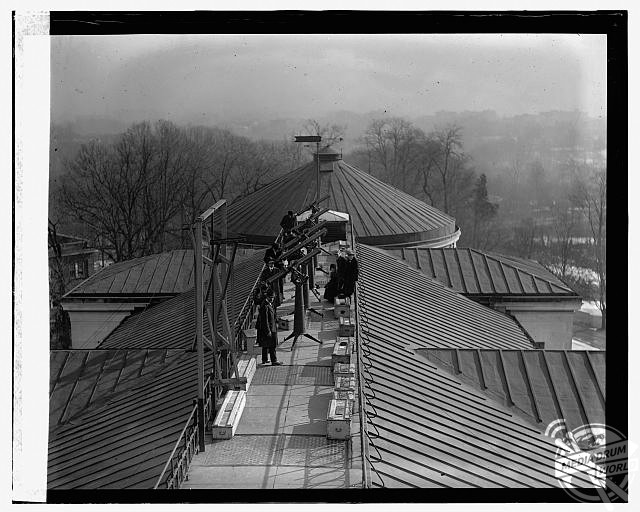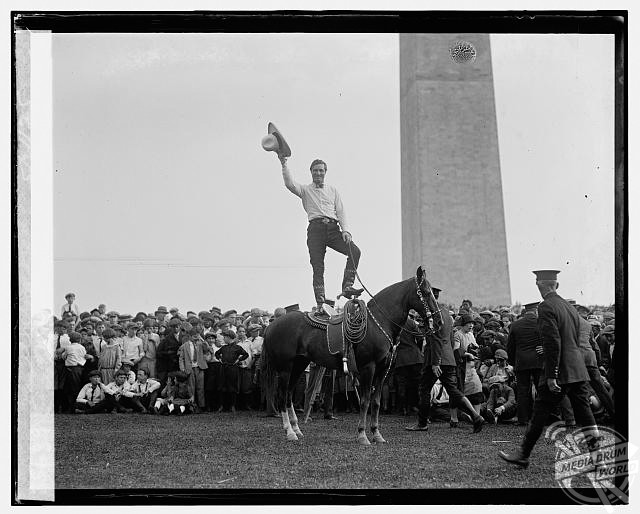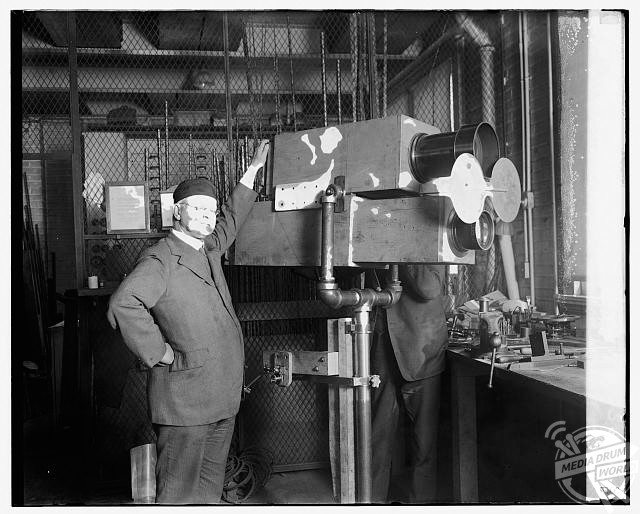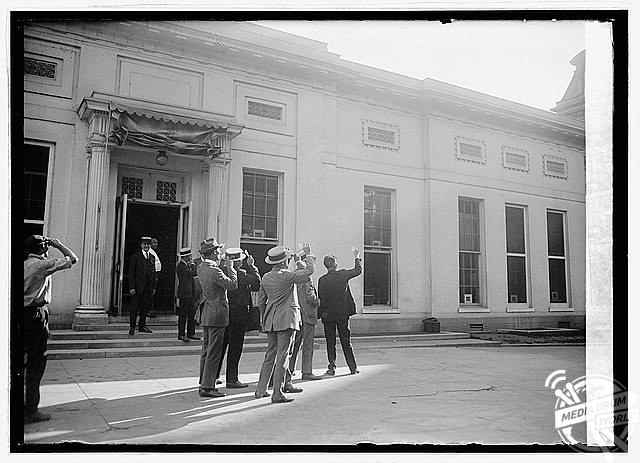
By Tom Dare
QUIRKY images including President Calvin Coolidge showing how our ancestors observed past eclipses have resurfaced ahead of today’s once-in-a-century North American solar lightshow.
Images show President Coolidge, in office from 1923 to 1929, watching a 1925 eclipse through a blackened window pane alongside his wife outside the White House.

Other pictures show scientists at an observatory gearing up their telescopes and cameras ahead of the big event, while a further image shows a horse rider entertaining crowds of people while waiting for the sky to turn dark.
Solar eclipses occur on a relatively regular basis, but very rarely does their trajectory bring them in line with an area of the world with a large population.

A solar eclipse occurs when the moon passes between the earth and the sun, creating an illusion that the moon is larger than the sun and effectively turning daylight to darkness.
The trajectory of today’s eclipse means that a total eclipse will only be visible in mainland United States, the first time the whole country has been able to watch the spectacular event since 1915, and the first time a solar eclipse has been visible from anywhere in the U.S. since 1979.

Other parts of the world, such as the U.K. and mainland Europe, are expected to have a limited view of the eclipse, though several websites will be running live feeds from America so that nobody misses out on the spectacle.
The eclipse is expected to be the most viewed ever given its trajectory and attention from the media, with several large cities across America expected to see over 90 per cent of the sun’s surface covered by the moon.

Atlanta, Cincinnati, Denver, Indianapolis, Memphis, Portland, Seattle and Salt Lake City are all expected to have over 90 per cent coverage, while residents in Nashville, Tennessee will be lucky enough to be the only large city in America to receive total coverage.






